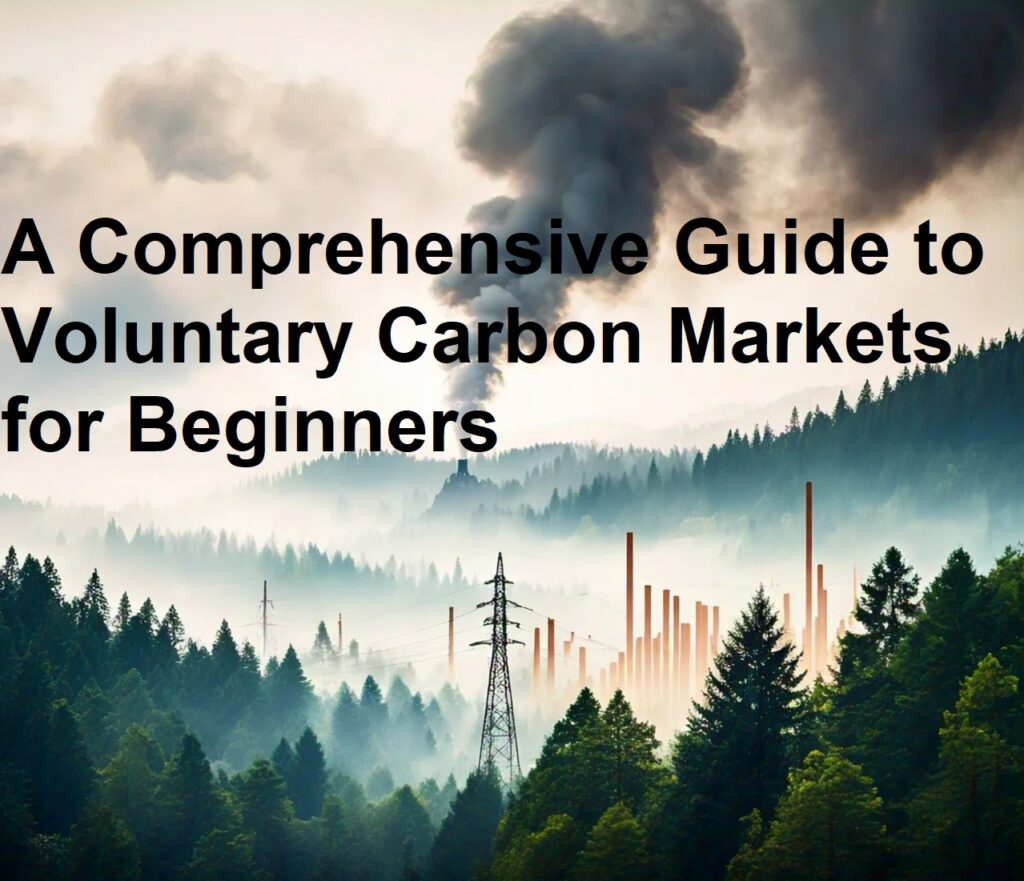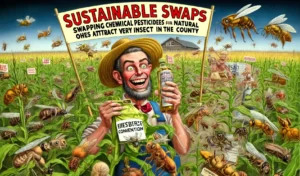
A Comprehensive Guide to Voluntary Carbon Markets for Beginners.jpg
This article will guide you to understand step by step about the Voluntary Carbon Market in a simple way. Carbon trading is a tool for climate justice. The Voluntary Carbon Market is one of the best options for the top countries facing severe effects of climate change. The question is “What kind of climate change related concerns exist in Pakistan and Global South?”
The World Bank Group reported that; “The country’s vulnerability to earthquakes and the possibility of internal war are the main factors influencing this danger. On the other hand, Pakistan is also very vulnerable to coastal, riverine, and flash floods; moreover, it is somewhat vulnerable to tropical cyclones and the post catastrophe disasters, as well as drought.
The damage to property, crops, and animals caused by climate and weather related catastrophes in Pakistan totaled US$29.3 billion in economic damages (adjusted for inflation to US dollars for 2021), or 11.1% of economy in 2020”.
Pakistan is not alone, there are number of countries in the world mostly the developing countries in the Global South, which are facing such drastic damage to their economy and domestic lives. Now dive in to another question; “How climate change impact socioeconomic conditions in a country?”
This is supported by recent research that focuses especially on how average temperatures are affected by climate change. It has been discovered that temperature influences income through lesser agricultural yields, worker’s performance both in terms of physical and mental, increase in energy demand, and the frequency of crime, unrest, and violence.
How much economic losses to Pakistan due to climate change?
Specific to Pakistan, The damage to property, crops, and animals caused by climate and weather related catastrophes in Pakistan cost US$29.3 billion in economic damages (adjusted for inflation to US dollars for 2021), or 11.1% of economy in 2020 while Pakistan’s contribution for global warming is even less than 1%. The countries which have biggest contribution in greenhouse gas (GHG) emission causing climate change disaster are mostly developed countries including; China, USA, India, European Union, Russia, Brazil and Japan etc.
It is unfair that the developing countries suffering more while having lesser or even no contribution to GHG emission. In the name of climate justice, a mechanism is introduced to less the impact of GHG emission and climate change by supporting the development in the countries suffering from climate change. One of the steps for this sake is; Carbon Markets where carbon credits are traded. Let’s dig deep in to the topic and find;
- History of Carbon Trading
- What is Volunteer Carbon Market?
- How does Volunteer Carbon Market work?
- What is traded in Carbon Market?
- What is Carbon Credit?
- How Carbon Trading is beneficial for climate?
History of Carbon Trading
How it all started? In 1989 the American electric power production firm AES Corporation decided to finance an angry forest project in Guatemala investing 2 million US dollars. The aim of the project was to upset the emissions of new power plant that company had built and connected with by planting 50 million trees. In simple words the company knew that the new power plant is going to emit a lot of greenhouse gas (GHG) emissions.
Since the company was positioning itself like innovative company looking for greener energy solutions so this move of offsetting their emissions was actually a very good fit for their overall positioning for their overall strategy. So, they didn’t have to invest in this project they didn’t have to plan the suites in Guatemala but they wanted to this project was the first documented carbon offset project in history and this project announced the beginning of carbon markets or to be more specific so-called Voluntary Carbon Markets.
What is Voluntary Carbon Markets
Voluntary Carbon Market is a market where company or individual can buy carbon offsets absolutely voluntarily just because they want to, not because they are doing this to comply with some legal obligations. So, why does Voluntary Carbon Market even work? Why Voluntary Carbon Market actually can help to fight climate change?
How does Volunteer Carbon Market work?
Since, we only have one atmosphere it doesn’t really matter where emissions are occurred because soon enough they’re going to spread around the earth creating the greenhouse effect and following the same logic since it doesn’t matter where emissions are released it also doesn’t matter where you reduce the emissions. Therefore, the reduction of Carbon dioxide, no matter how it’s done or where it’s done, results in the same climate benefits. The argument behind carbon trading is that the best way to take action on climate change is to reduce emissions where it’s easier or at least costly to do so which is often the same thing.
Few Examples of Voluntary Carbon Market
For example; let’s imagine a power plant in Germany, good one using cutting-edge technologies and using the latest practices on operational efficiency to reduce greenhouse gas (GHG) emissions. On such a power plant it might be quite expensive according to some benchmarks up to 40 US dollars to reduce one ton of Carbon dioxide (CO2) equivalent.
Let’s imagine for example; waste to energy project in Kenya that is using more basic technologies that is much less efficient in minimizing its greenhouse gas (GHG) emissions. So, considering lower state of technological advancement and that prices in Kenya are in general lower in this case to reduce emissions. It’s cheaper somewhat around 10 US dollars per one ton of Carbon dioxide (CO2) equivalent. In this case if power plant in Germany wants to make positive impact on climate.
The power plant doesn’t necessarily have to decrease its own greenhouse gas (GHG) emissions. It can purchase carbon offsets from the energy project in Kenya. This money will go on technological innovation of the energy project and will bring the same climate benefits but at lower cost.
Read More About Voluntary Carbon Market
Source link
2024-12-31 10:03:22
Karl Hoffman is a distinguished agriculturalist with over four decades of experience in sustainable farming practices. He holds a Ph.D. in Agronomy from Cornell University and has made significant contributions as a professor at Iowa State University. Hoffman’s groundbreaking research on integrated pest management and soil health has revolutionized modern agriculture. As a respected farm journalist, his column “Field Notes with Karl Hoffman” and his blog “The Modern Farmer” provide insightful, practical advice to a global audience. Hoffman’s work with the USDA and the United Nations FAO has enhanced food security worldwide. His awards include the USDA’s Distinguished Service Award and the World Food Prize, reflecting his profound impact on agriculture and sustainability.



